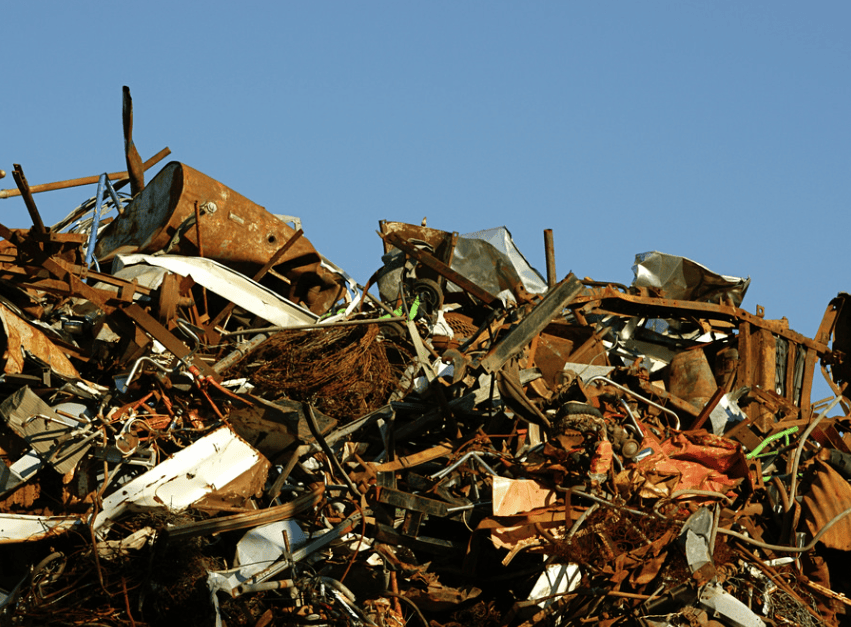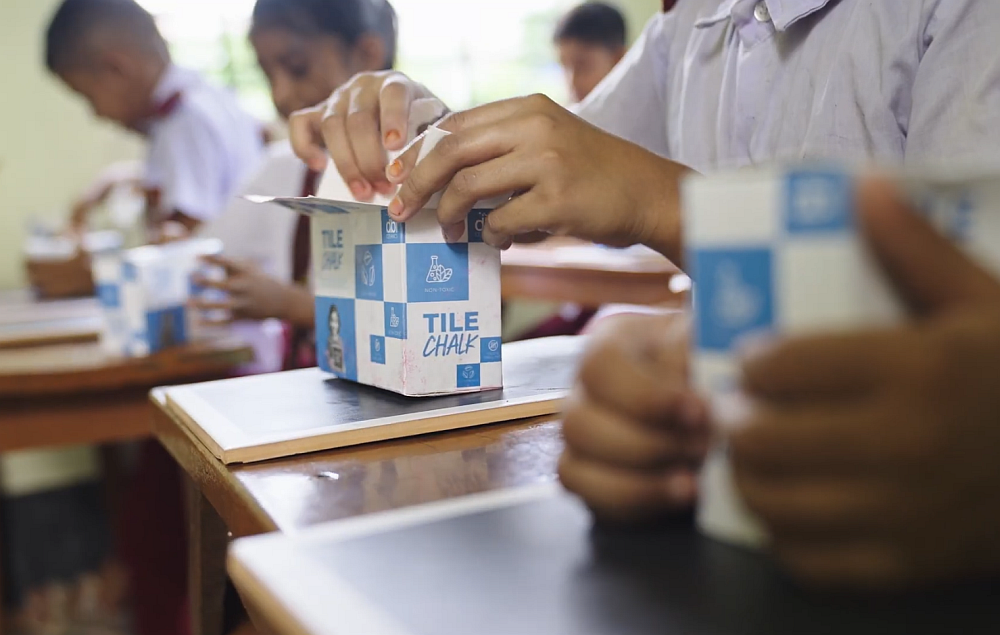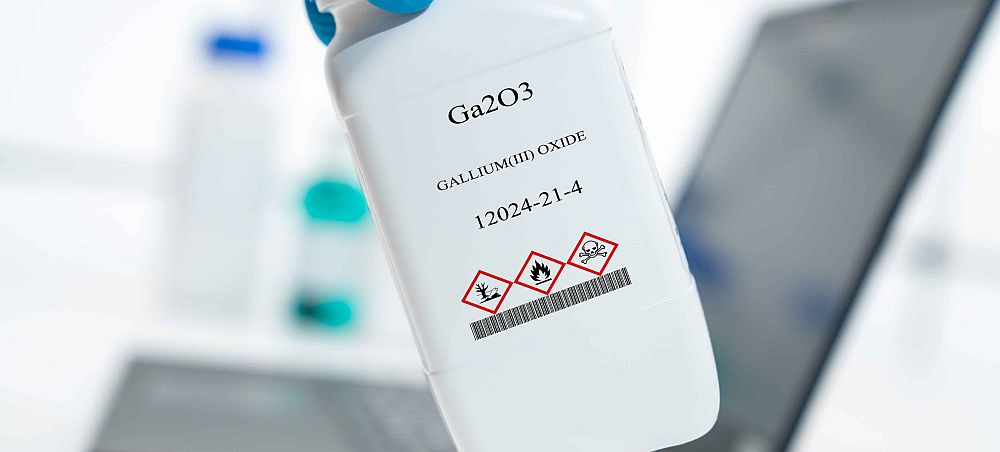
[Image above] Credit: mikethefifth; Flickr, CC BY-NC 2.0
To keep up with market demand, batteries need to pack enough energy and durability to power ever-evolving consumer electronic devices to withstand longer stints between charges. But researchers face real challenges when it comes to developing these efficient power sources without compromising consumer safety or negative environmental impact.
Samsung recalled its highly anticipated Galaxy Note 7 after hundreds of the smartphones spontaneously caught fire in the hands of consumers due to a malfunction with the system’s lithium-ion battery. And, as we reported earlier this week, the repercussions of this recall don’t end with consumers. Environmental organization Greenpeace says it could be disastrous for the environment, too, depending on how the devices’ components are disposed.
So researchers are making strides toward safer, cleaner power sources for consumer electronics.
But what if the answer to high-performance batteries that have a smaller environmental impact is in the junkyard?
Researchers from Vanderbilt University in Nashville, Tenn., went back to basics and used scraps of two of the most commonly discarded materials—steel and brass—to create what they say is the world’s first steel-brass battery that can store energy at levels comparable to lead-acid batteries while charging and discharging at rates comparable to ultra-fast charging supercapacitors, according to a university press release.
“Imagine that the tons of metal waste discarded every year could be used to provide energy storage for the renewable energy grid of the future, instead of becoming a burden for waste processing plants and the environment,” Cary Pint, assistant professor of mechanical engineering at Vanderbilt, says in the release.
The team anodized scraps of steel and brass—a process that coats the metal with a protective oxide layer—with a common household chemical and residential electrical current. After anodization, “the metal surfaces restructured into nanometer-sized networks of metal oxide that can store and release energy when reacting with a water-based liquid electrolyte,” the release explains. Those nanoscale features give the battery its ability to charge quickly and provide stability.
When put to the test through 5,000 consecutive charging cycles (or the equivalent of 13 years of daily charging and discharging), the researchers found that this fast-charging battery is also extremely stable—it retained more than 90% of its energy capacity.
And unlike the volatile lithium-ion cell phone batteries used in Samsung’s Galaxy Note 7 and other similar devices, these “do-it-yourself” steel-brass batteries use non-flammable water electrolytes that contain potassium hydroxide, an inexpensive salt used in laundry detergent, the release explains.
“When our aim was to produce the materials used in batteries from household supplies in a manner so cheaply that large-scale manufacturing facilities don’t make any sense, we had to approach this differently than we normally would in the research lab,” Pint adds.
The scientists says this battery could have current real-world applications—they plan to build a full-scale prototype battery capable of powering energy-efficient smart homes.
“We’re seeing the start of a movement in contemporary society leading to a ‘maker culture’ where large-scale product development and manufacturing is being decentralized and scaled down to individuals or communities,” Pint says. “So far, batteries have remained outside of this culture, but I believe we will see the day when residents will disconnect from the grid and produce their own batteries. That’s the scale where battery technology began, and I think we will return there.”
The study, published in ACS Energy Letters, “From the junkyard to the power grid: Ambient processing of scrap metals into nanostructured electrodes for ultrafast rechargeable batteries” (DOI: 10.1021/acsenergylett.6b00295).
Author
Stephanie Liverani
CTT Categories
- Basic Science
- Electronics
- Energy
- Environment
- Manufacturing
- Material Innovations


